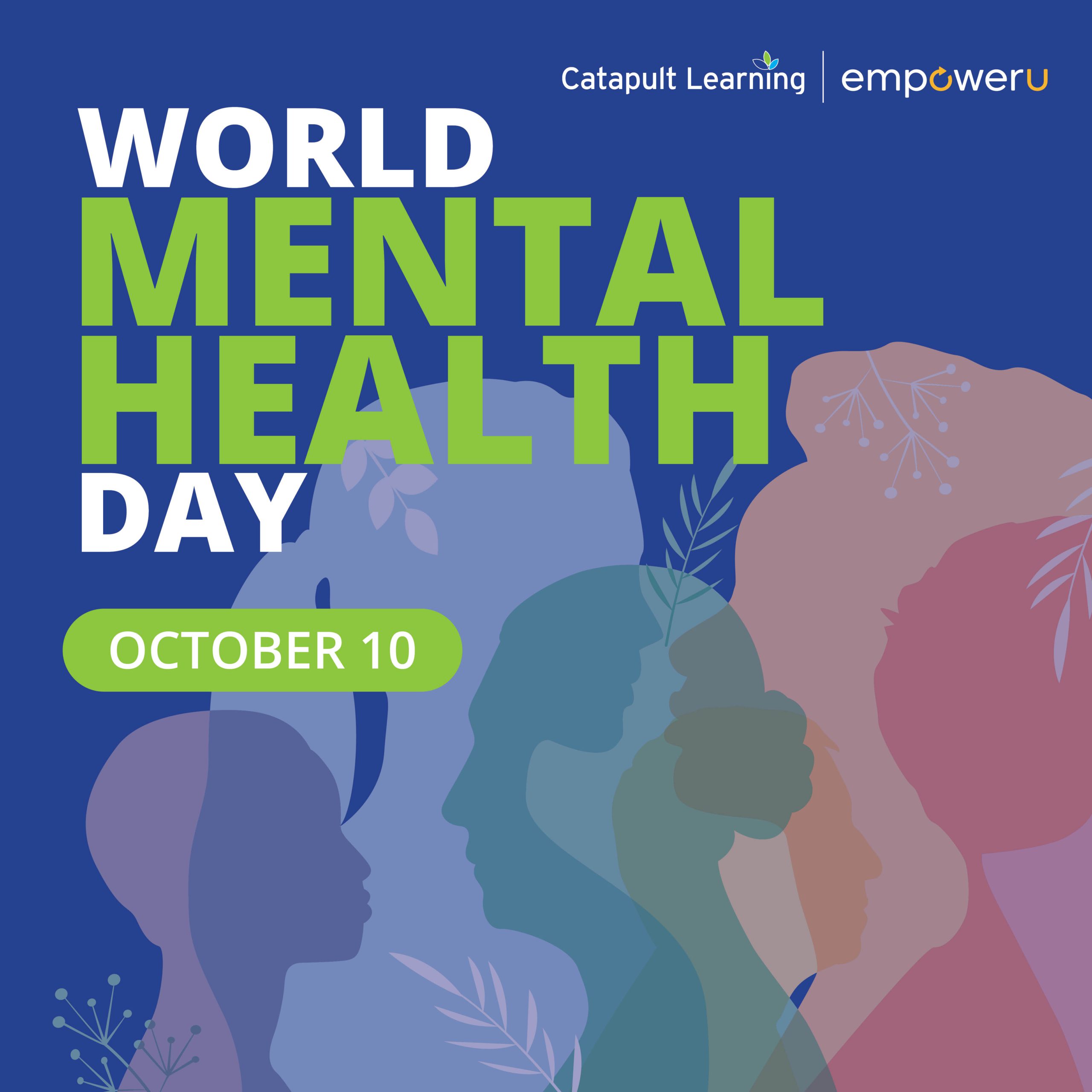
Women’s History Month began last week. In 1980, President Carter signed documents proclaiming March 2−8 to be Women’s History Week; by 1987, Congress passed a proclamation establishing March as Women’s History Month. This year’s theme is “Working to Form a More Perfect Union: Honoring Women in Public Service and Government.” With three women seated on the Supreme Court and a woman running for President of the United States, there could be no better theme for Women’s History Month 2016.
In her Etsy Cartoon, Rebecca Cohen asks, “Did you know that a woman founded the oldest university in the world, co-invented technology which enabled wireless communication, or was one of the first African American pilots? If you didn’t know all that . . . now you know why we need women’s history month.” As educators we have the unique opportunity to both study how women have influenced and impacted our global society and share that knowledge with our students. Here are a few ways that you can celebrate Women’s History Month in your classroom.
1. Use Ready-Made Lesson Plans. Let’s start with the National Women’s History Museum (NWHM). The museum’s site offers a series of lesson plans aimed at Women’s Suffrage, Women in the Olympics, Girls Changing History, and A History of Women in Industry, to name a few topics. I was particularly intrigued by the lesson, Young and Brave: Girls Changing History. Teaching your students about children who changed society is relatable and engaging. The goals of this lesson include: identifying obstacles that young women overcame; understanding that young women were able to affect history; and improving listening, writing, and speaking skills. With links to a virtual museum and an accompanying question sheet, this is an engaging lesson that includes technology, aligns to the common core, and highlights individuals with whom your students can relate.
2. Find Engaging, Interactive Content. At teachinghistory.org, you can find learning resources, teaching resources, and quizzes. The learning resources provide an overview of a topic and include links to websites for further research. As examples, students can read the diary of a Civil War nurse, learn about gendering and the Constitution, and review several films that tell tales of heroic women. The teaching resources offer a series of videos that teachers can use in class or as part of a flipped classroom learning experience. There are videos for all age groups and learning levels. Finally, the website offers a series of quizzes where students can read a small article and test their knowledge by taking a self-assessing quiz. There are a multitude of ways to extend these resources into larger assignments and include them as part of your year-round content and resources.
One of my first stops when looking for teaching resources is almost always the website Edutopia. Edutopia provides well- resources that are practical and engaging. For Women’s History Month, Edutopia offers “Six Lesson Plan Resources for Teachers” by Matt Davis. This blog post describes and offers links to websites like EDSITEment Women’s History Resources, produced by the National Endowment for the Humanities, and Science NetLinks’ Women’s History Collection, which provides lesson plans about women in STEM fields.
Another place for excellent resources is Women’s History Month For Teachers, a website operated by the Library of Congress. The site provides links to information and activities from the Library of Congress, National Endowment for the Humanities, and The National Gallery of Art. Teachers can find learning activities and instructional resources about topics such as “Folklore in Zora Neale Hurston’s There Eyes Were Watching God,” and “Teaching Document Analysis with Rosa Parks.”
Readwritethink is another place where you can find engaging lessons for your students. They have lesson plans as well as resources that you can send home to parents. The lesson plans are structured by grade level and topic. Some even include the entire unit plan! Scholastic’s website is a collection of teaching resources organized by grade level K−12. My favorite resource from Scholastic answers two critical questions, “What is Women’s History?” and “Why a National Women’s History Month?”
3. Discover New Websites and Sources for Information. This is just the beginning. Conduct a quick Google search and you can find learning and instructional resources, as well as standards-aligned lesson plans, for almost any grade level on any Women’s History topic. In an early 1970s study, research demonstrated that in elementary and secondary textbooks, the imbalance of gendered information was glaring: women were outnumbered 11 to 1. And when women were included in textbooks, they were usually stories in the margins or in textboxes adjacent to the main text. This sends female students a very powerful negative message, “You are not part of the main story of our history.” Until the stories of women in textbooks are balanced and included in the main content, educators have an obligation to honor Women’s History Month.
In this blog’s comments, please let us know if you use one of the resources above or if you have a favorite resource that you want to share!

